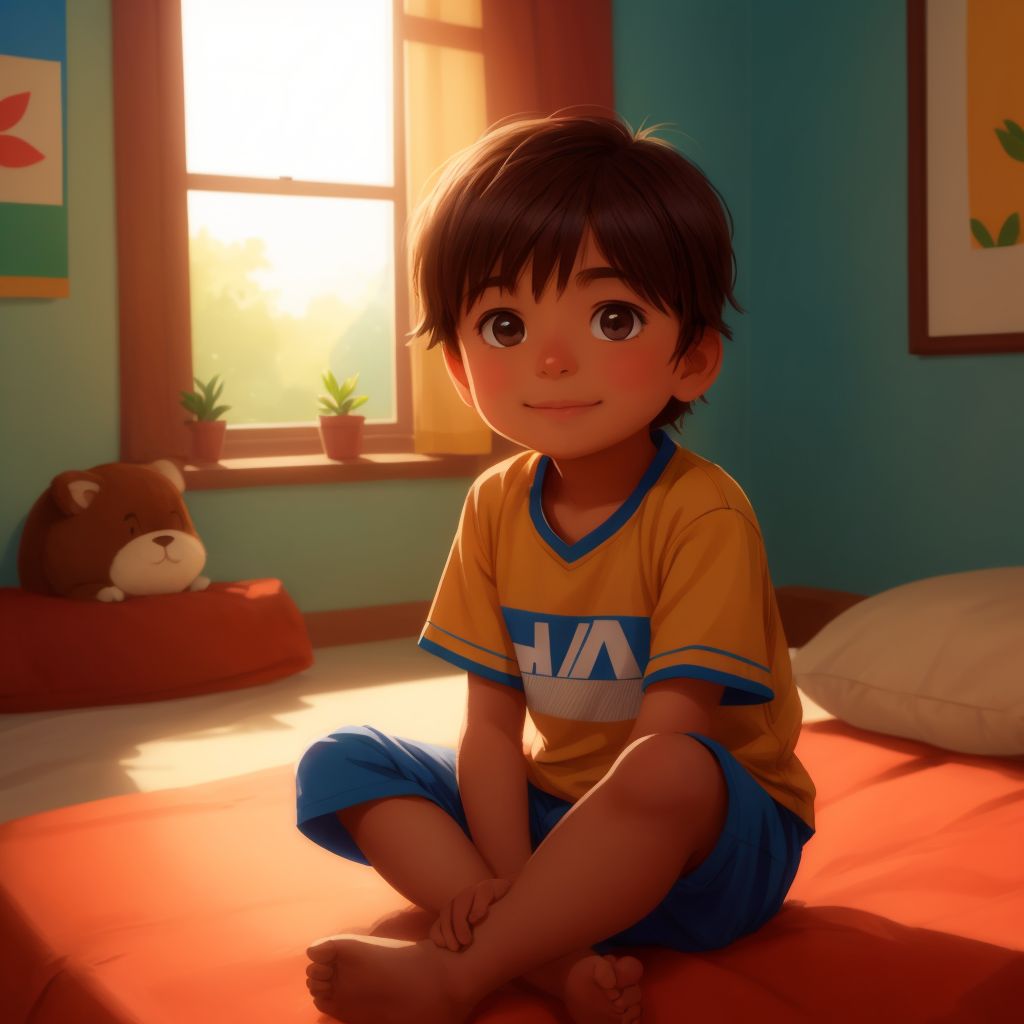

Recommend
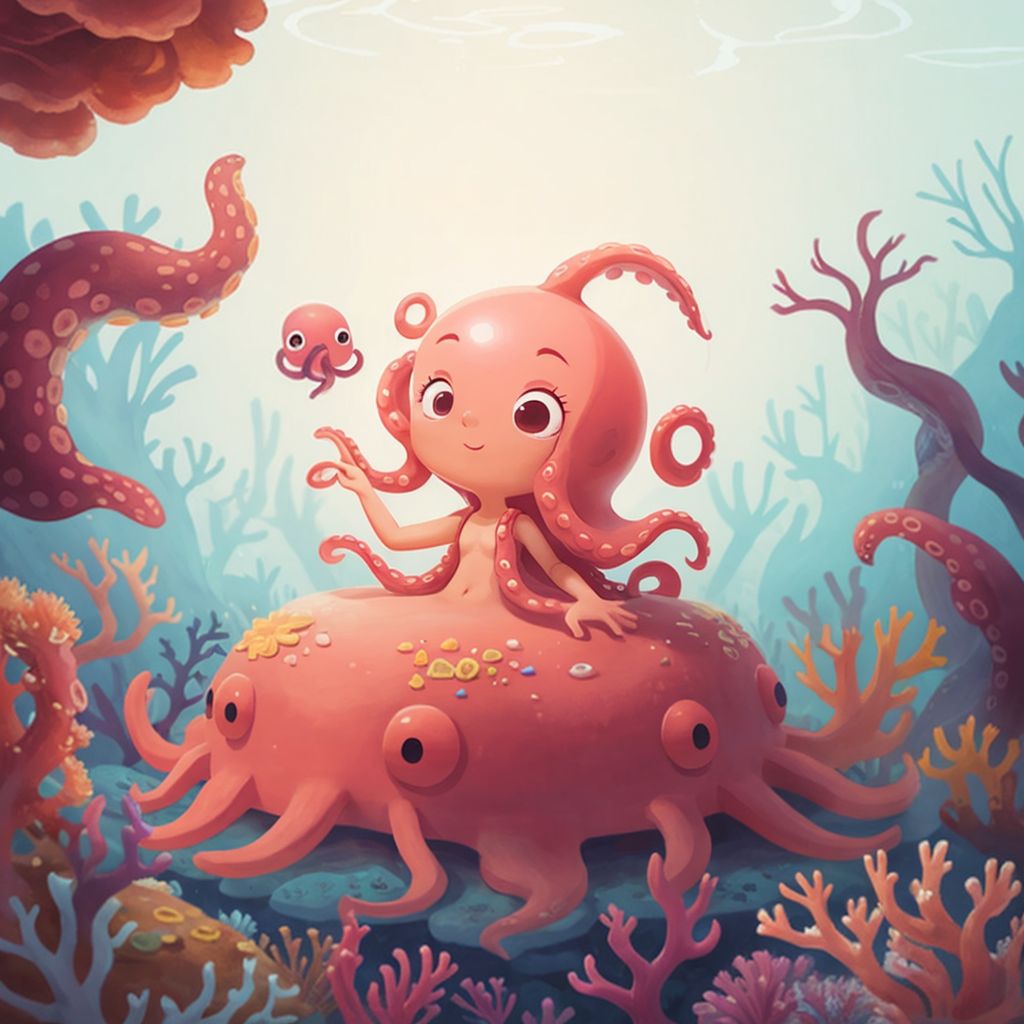
In the vibrant depths of the Coral Sea, Octavia, a young octopus, navigates her colorful world with curiosity and playfulness. Her days are spent exploring coral gardens, mimicking the vibrant hues of her surroundings to hide from playful dolphins and gently drifting with the currents she calls her friends. One day, while seeking refuge in a shimmering seaweed forest, she encounters Ollie, a charming and adventurous cuttlefish, known for his dazzling light displays and playful antics. Ollie is unlike any creature Octavia has ever met, and his light-filled dances cast a warming glow on the ocean floor that makes Octavia's heart flutter in a way she never imagined. As days turn into weeks, the two develop a special bond filled with shared adventures and synchronized swimming through hidden aquatic paths. However, Octavia feels something blooming inside—a feeling she can't quite place—that makes her color patterns change to vibrant shades whenever Ollie is near. Conflicted but eager to understand these new feelings, Octavia seeks the wise counsel of Nelly, the ancient sea turtle, who shares tales of underwater romances and the beauty of first love. Encouraged, Octavia decides to reveal her feelings through a grand gesture: an intricate shell arrangement spelling out her admiring sentiments on the ocean floor. The story unfolds as Octavia learns to embrace vulnerability, discovers the bravery hidden within herself, and experiences the joys of growing up while navigating the challenges of expressing and understanding love in the enchanting world beneath the waves. This story plays with themes of self-discovery, friendship, and the innocence of first love, all told with the unique charm of ocean life.
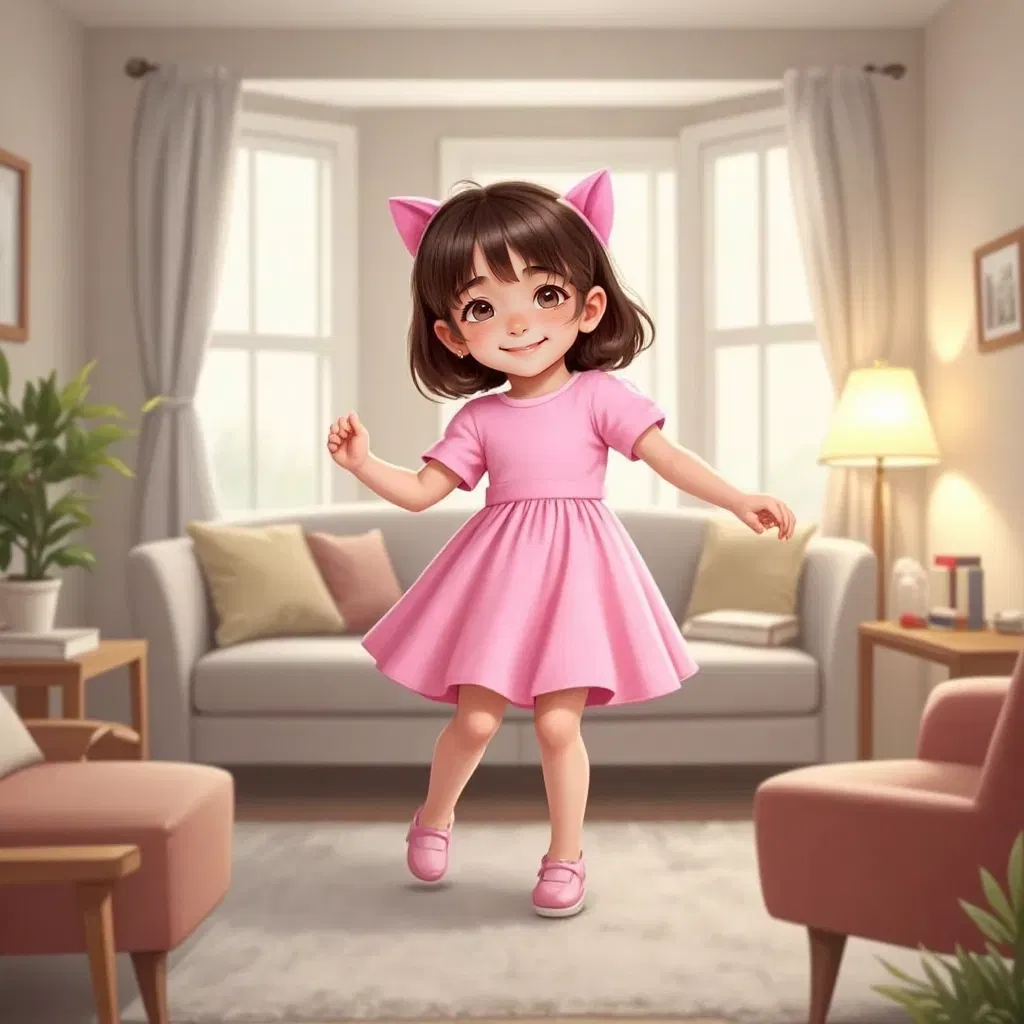
Story is about Nyra , a six year old girl. Her Father Told her " I have a surprise for You Nyra ". Nyra asked " what is it ,Daddy" . He said " we are going to vacation". Nyra Jumped in excitement " Thats Amazing " .Nyra with her mum and dad went for a vacation at their vacation home. They reached and relaxed there. They had a lot of fun. Soon it was night time and they were asleep . They heard a thud sound. Nyra said "what was that sound daddy , mummy i am scared ". Her mother told we should not be scared and lets check whats sound all about. They were a little scared but then muttered courage and went to check . It was a Thief . Her Father took a hockey stick and mom took some glass bottle scare the thief away. He was getting in from a small window . Nyra became a courages girl and took racket in her hands. he tried to talk to him and convince "we wont do anything leave the things there and leave ". He did not hear that just tried to scare them . In no time Nyra with her family attacked the thief . Thief thought it was the biggest mistake to his life to enter this house. He ran off from that house. Daddy and mummy were really proud of nyra for not getting scared. Mummy said " Well Done, Darling". If you are brave and use your presence of mind you can do anything
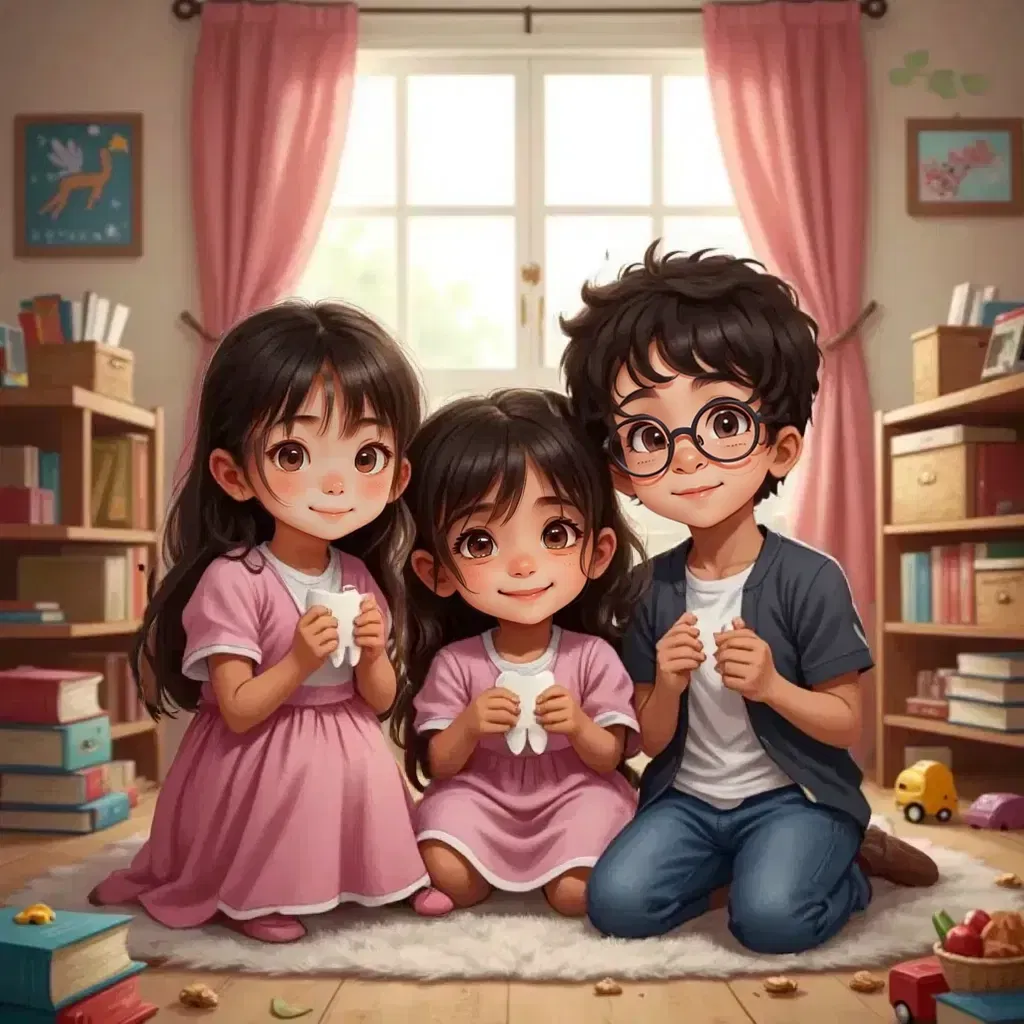
Emerie, Tavi, and Quincy (Q) are on a mission to uncover the truth about the Tooth Fairy! With their loose teeth wiggling, each of them has their own reasons for the search—Emerie, a firm believer, can’t wait to place her tooth under her pillow. Tavi, curious but skeptical, is determined to find proof. And Quincy? He doesn’t believe in fairy tales at all. Will they discover the magic, or will the truth surprise them all?
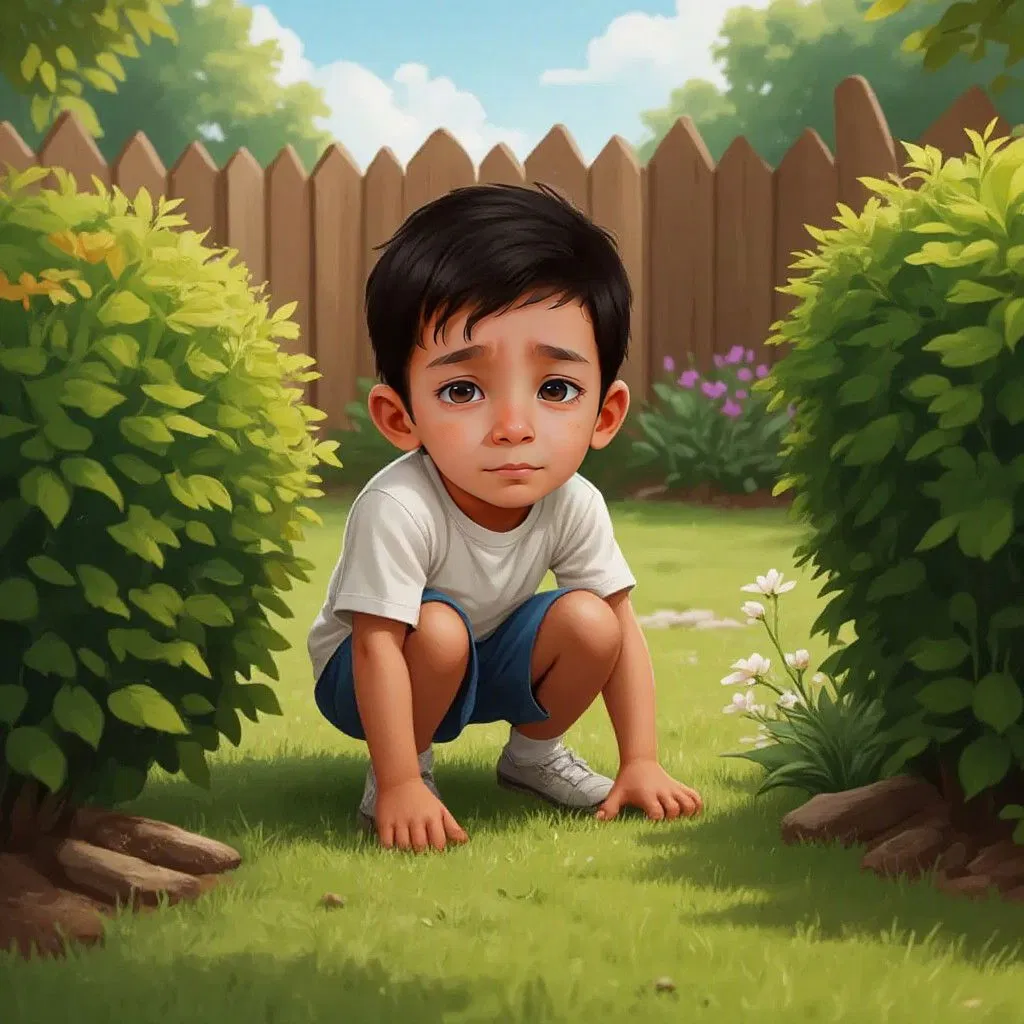
Narek left hfs favorite ball in the yard and couldn't find it.While searching,he saw a little bird carrying twigs to build its nest.Narek thought,"I should keep my things safe,just like the Bird keeps its net safe".From then on,he started putting his toys in their place.
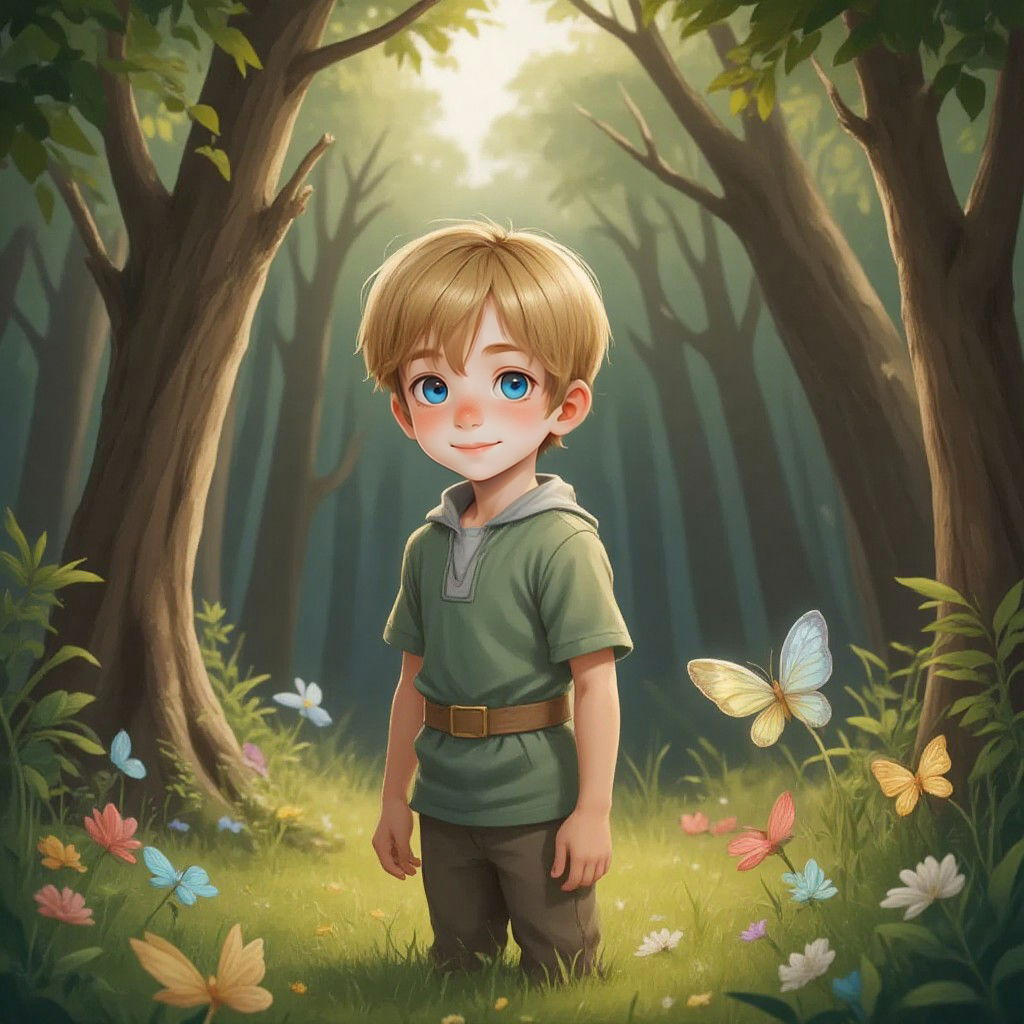
Der Flug der Glitzerfalter Tim trifft eine Armee aus schimmernden Feenfaltern, die von einer Dunkelfee gefangen gehalten werden. Gemeinsam mit den Feen plant er eine waghalsige Rettungsaktion. Doch die Dunkelfee kann Gedanken lesen – und nur ein reines Herz kann ihre Macht brechen.
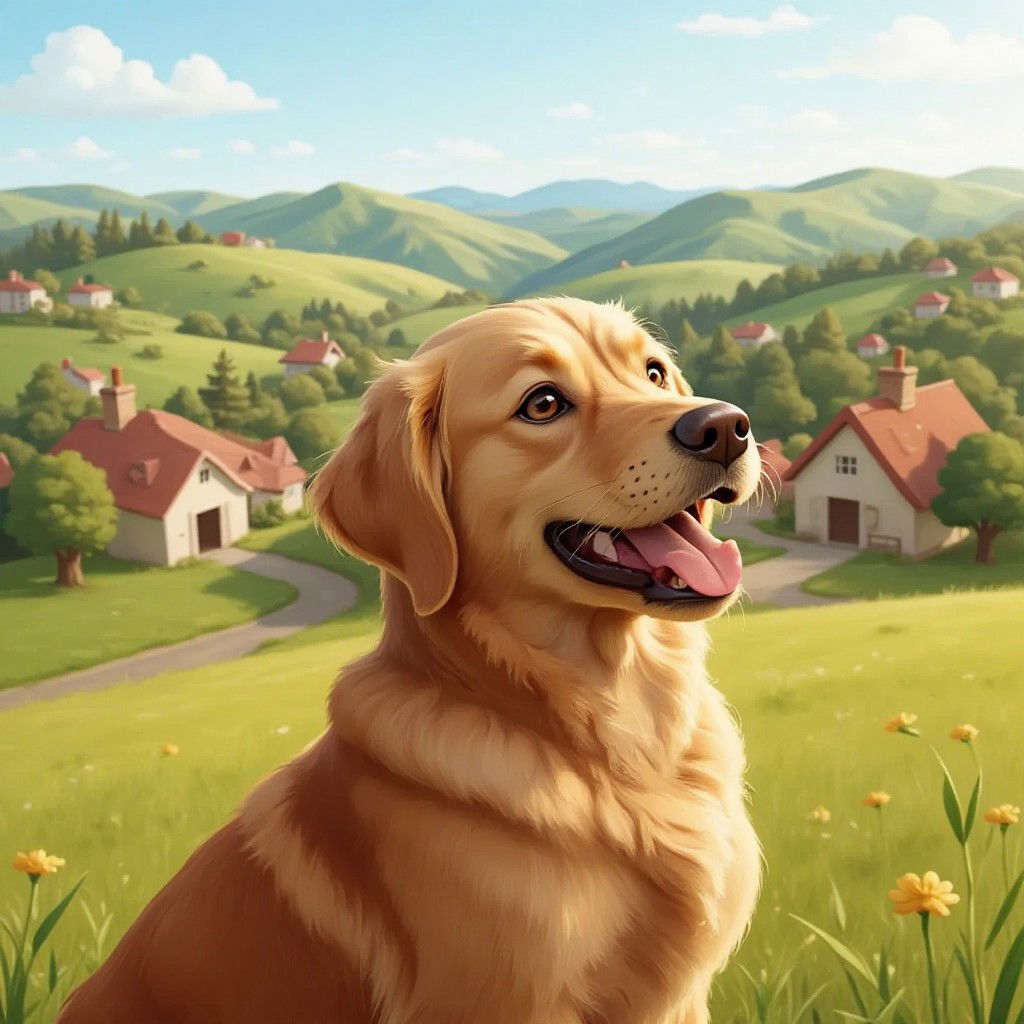
Rowdy goes on an adventure to save his Sister Lucy from the land of Modor.
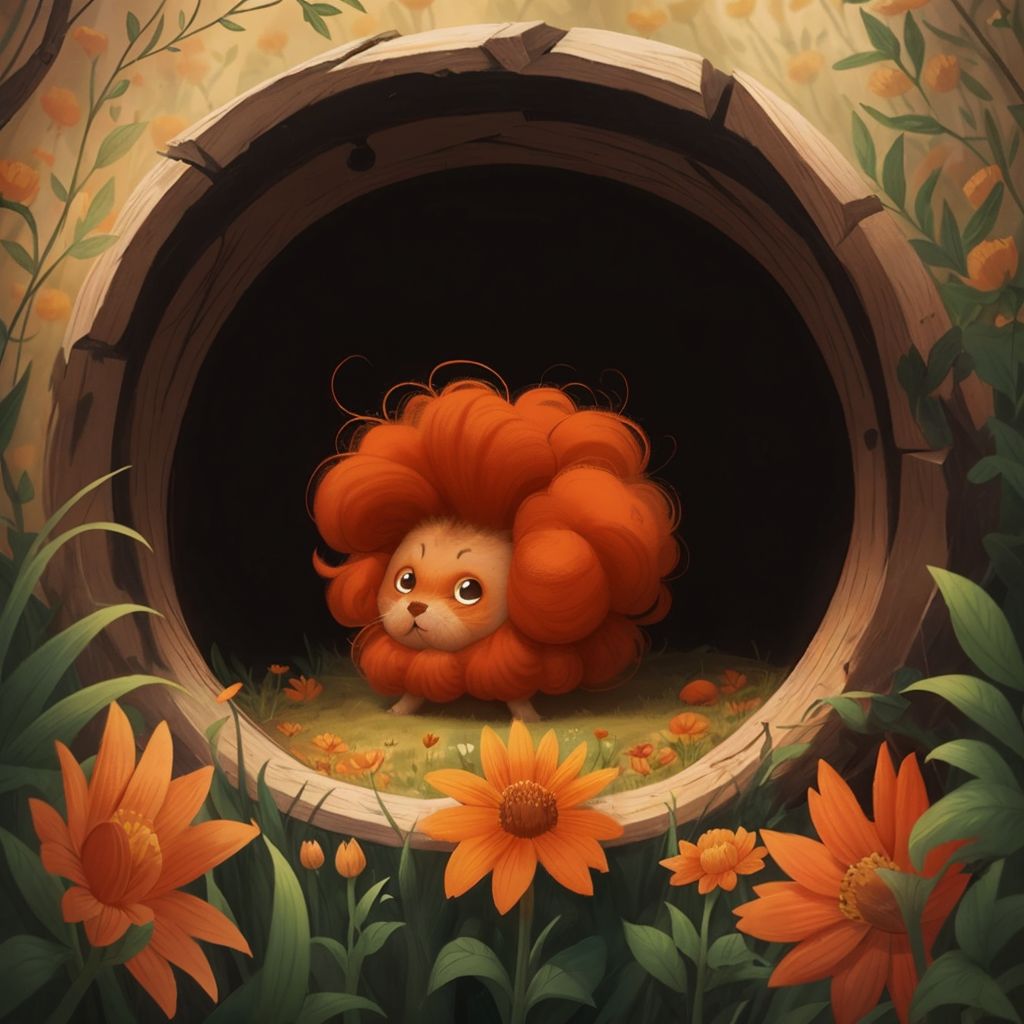
A kind fairy tale about the cheerful adventure of the girl Sam in learning about the world
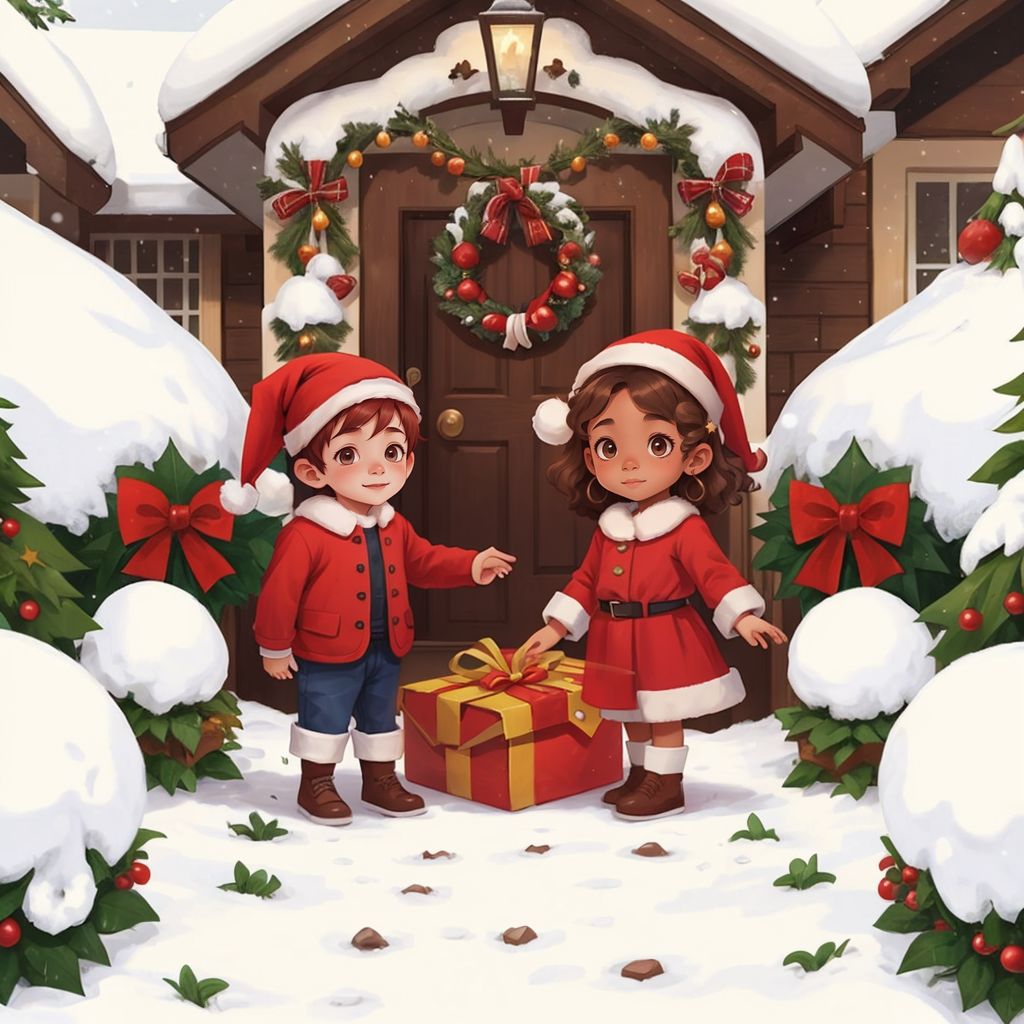
1. The main character are a little boy and girl. They receive a mysterious letter in a glowing envelope It’s nearly Christmas make it festive. 2,They decide to follow a hidden path or clue from the letter.,A snowy forest trail with faint footprints leading into the distance. 3,They meet a squirel that offers to guide them, pointing towards the horizon. 4,The character faces a magical challenge or puzzle they must solve.,A sparkling, enchanted object (e.g., a glowing key, snowflake puzzle) hovering in the air. 5,They travel through a mystical winter landscape filled with wonders.,A scene with giant candy canes, twinkling lights, and snow-covered trees. 6,The character meets a group of helpful elves or other magical creatures.,A group of tiny, cheerful elves or magical creatures working in a cozy workshop. 7,The character is given a special power or tool to help complete their journey.,A magical item glowing in the character’s hand (could be anything—wand, compass, or amulet). 8,A moment of doubt or difficulty—perhaps a snowstorm or obstacle blocks their way.,Dark clouds rolling in or a giant snowdrift in their path. 9,The character overcomes the obstacle with bravery or help from a new friend.,A group of characters pulling together to solve the problem (e.g., a snowman building a bridge, an animal clearing the path). 10,They discover the true meaning behind their journey—something about friendship, kindness, or holiday spirit.,A glowing Christmas star shining down on a gathering of characters (or any peaceful, heartwarming scene). 11,A final celebration with everyone they met along the way.,A festive scene with all the characters gathered around a Christmas tree, sharing joy and gifts. 12,The character returns home with a sense of accomplishment and a holiday surprise waiting for them.,The character looking through a window at their warm, decorated home, with family waiting inside.

A young fairy decides to go to fairy college and earn her certificate to be a registered tooth fairy. Before she finishes school she must attend to visit two children and test her new skills as a tooth fairy.
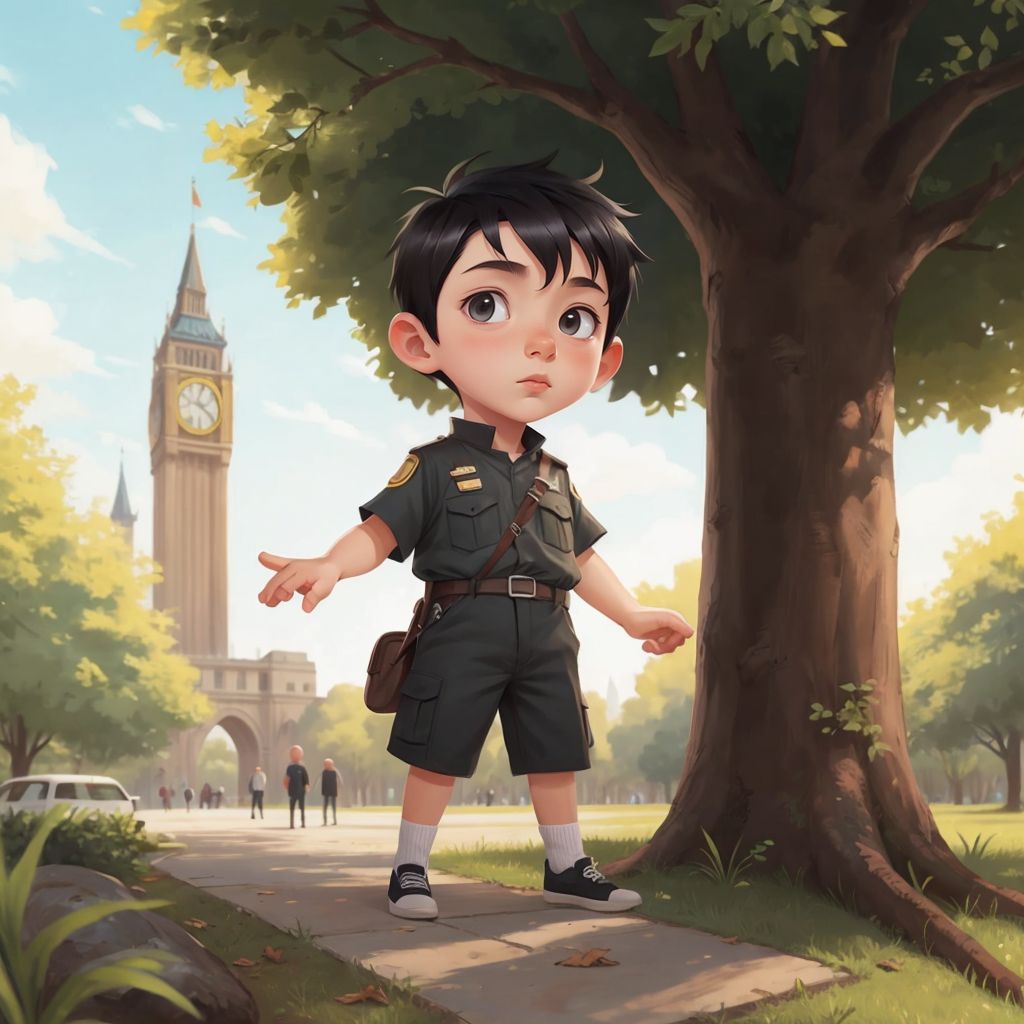
الكشافة
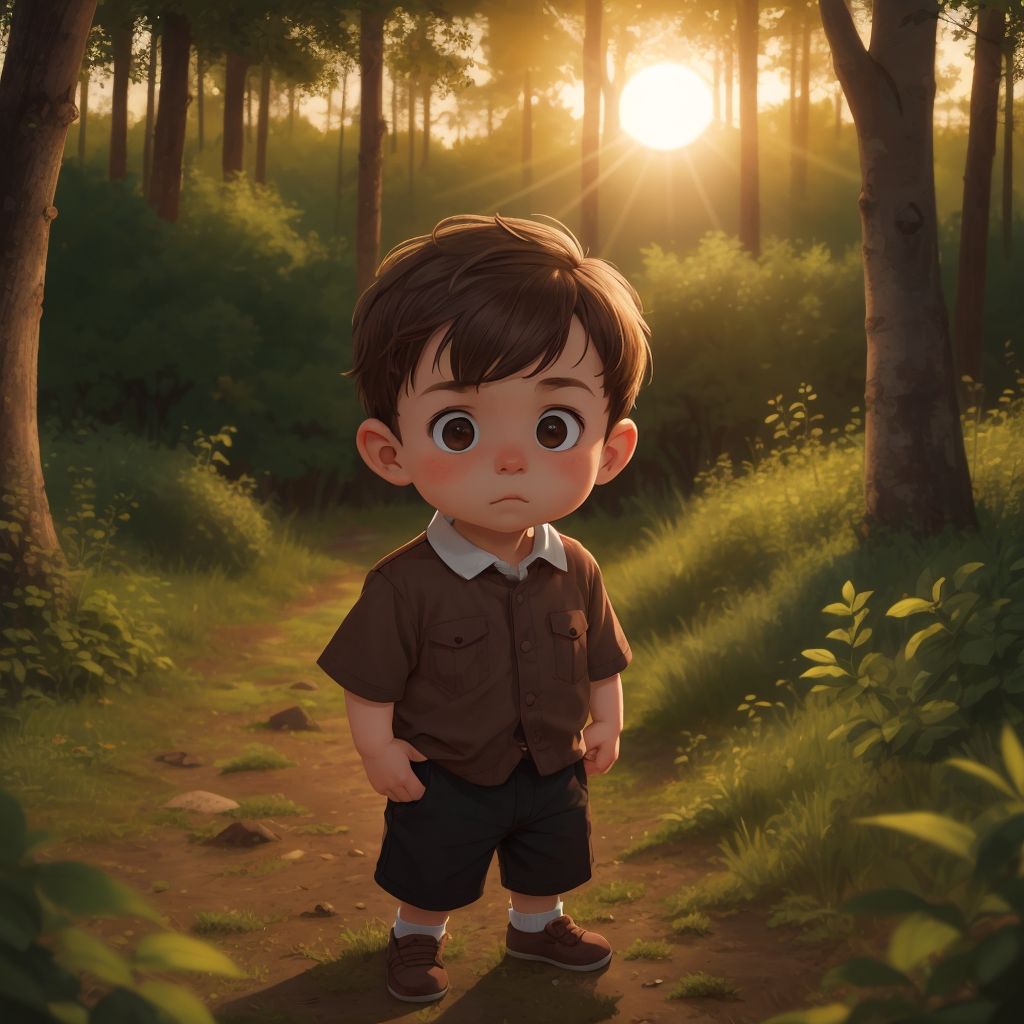
1. Elliott, a pudgy toddler, hears that a friendly dinosaur lives in the woods near by. 2. One day after climbing and swinging on his play set in the back yard, he decides he will head off to fin the dinosaur. 3. It's tough and lonely work looking for a dinosaur but eventually he finds a friend new friend by a creek. This new friend is clearly a small dinosaur but Elliott doesn't know what a dinosaur looks like. 4. The small dinosaur does not know he is a dinosaur and together they go off to look for the dinosaur.

Small golden retriever shows you how to be a kind and have many friends
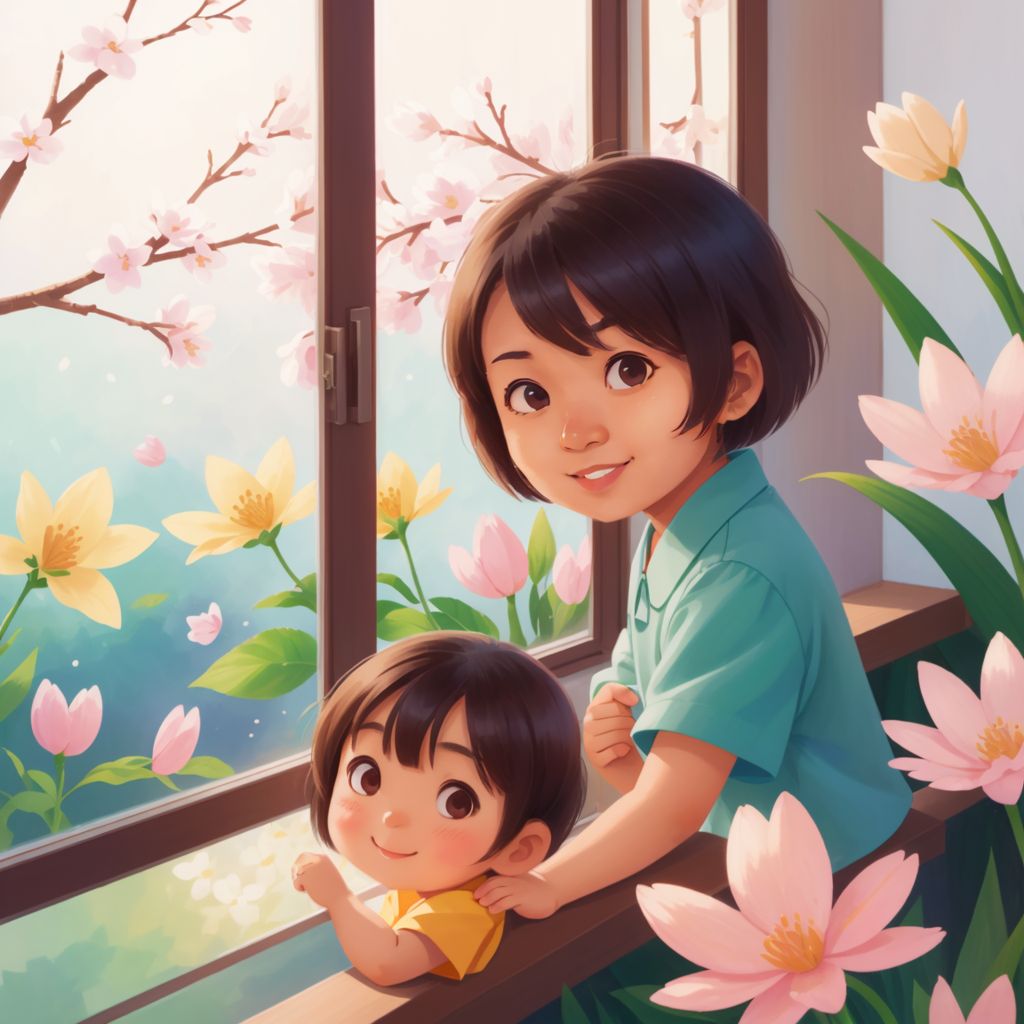
Catherine and her mom, Sophie, start a secret garden and start gardening in the spring time. They plant flowers, fruits, and vegetables and met a ladybug they named Rosie. They celebrate an abundant harvest by fall.
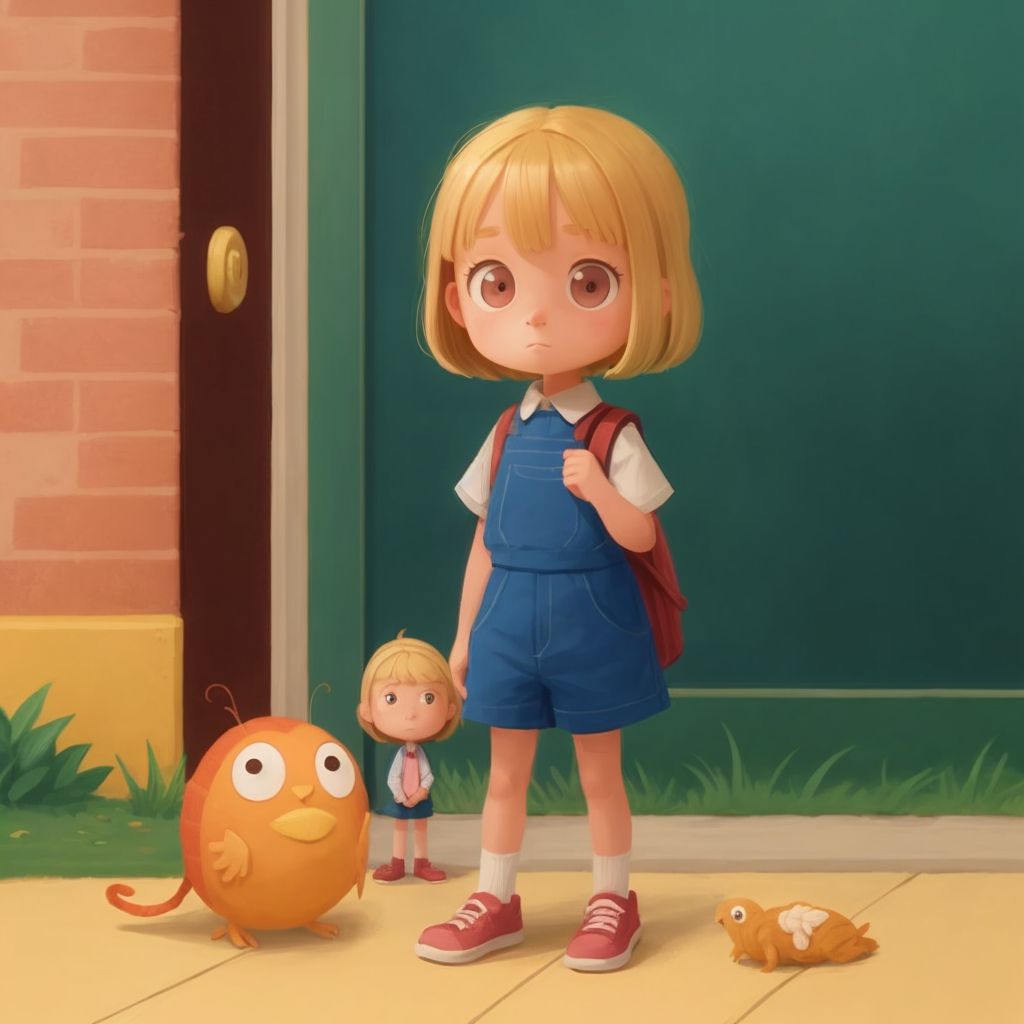
at a school, there is a need for a compost bin. Wally the worm and all the other worms are suffering from this, so little girl charlotte steps in to help them by constructing compost bins with her teachers and friends
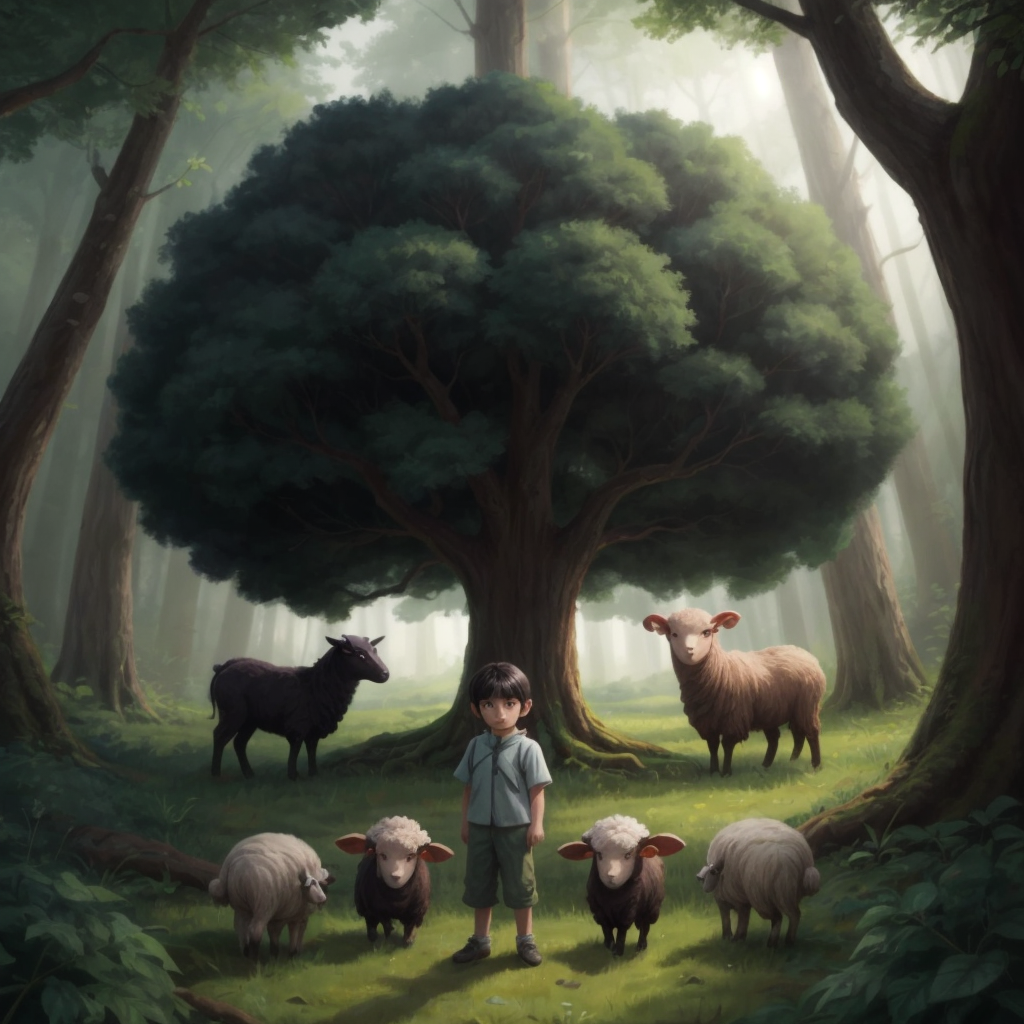
Samoela zaza
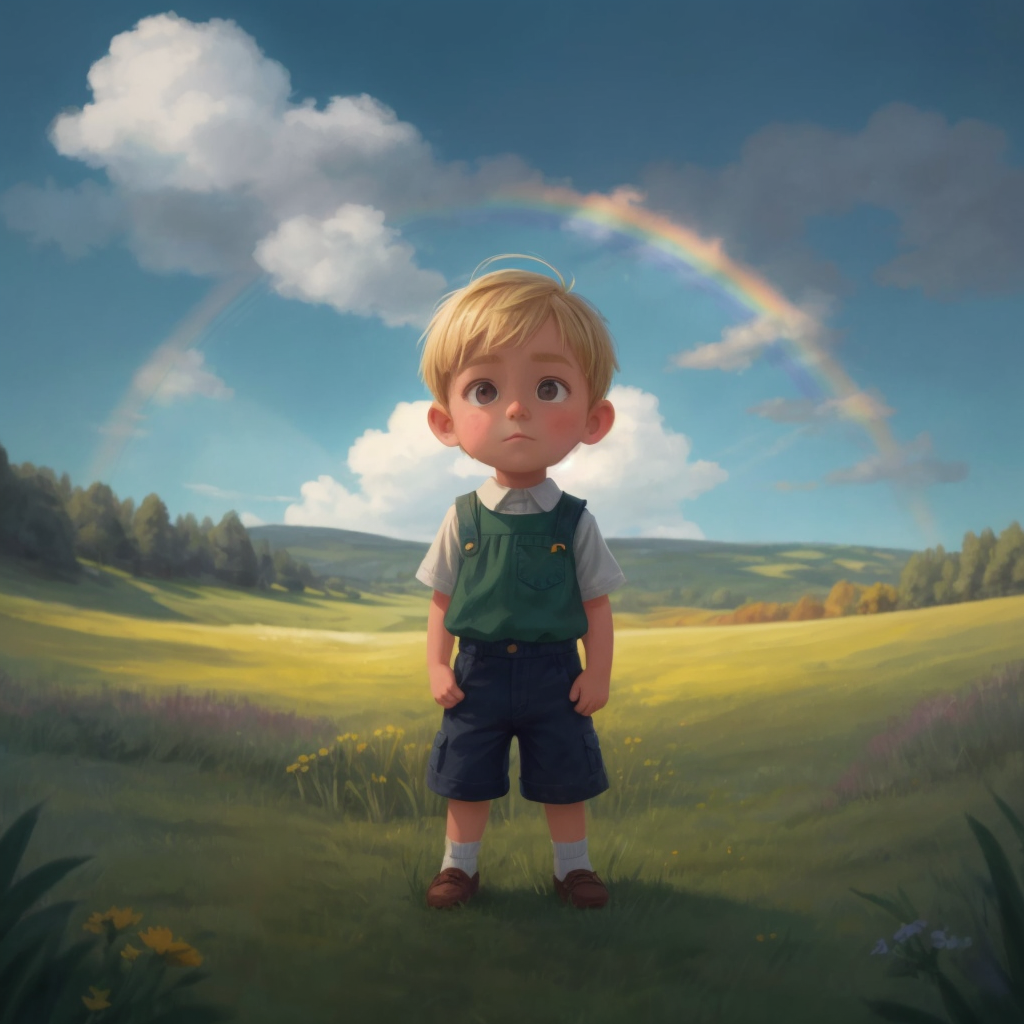
this is the story told by a 10 year old boy, who has golden brown hair and blue eyes. he is telling the story about his younger brother. this book is about his younger brother- who is 6 years old. who has autism. this book will be based around the special, magical world that his brother lives in, the special world of autism. in this world, his younger brother sees colors very bright & vibrant, hears sounds, uses methods to regulate himself. his younger brother has difficulty communicating, so he uses sign language, and visuals to describe what he feels. the aim of this book is to educate about the symptoms of autism and to advocate for kindness and acceptance the young boy with autism's name is Luke, he is very happy, smiley, has golden brown hair and bright blue eyes
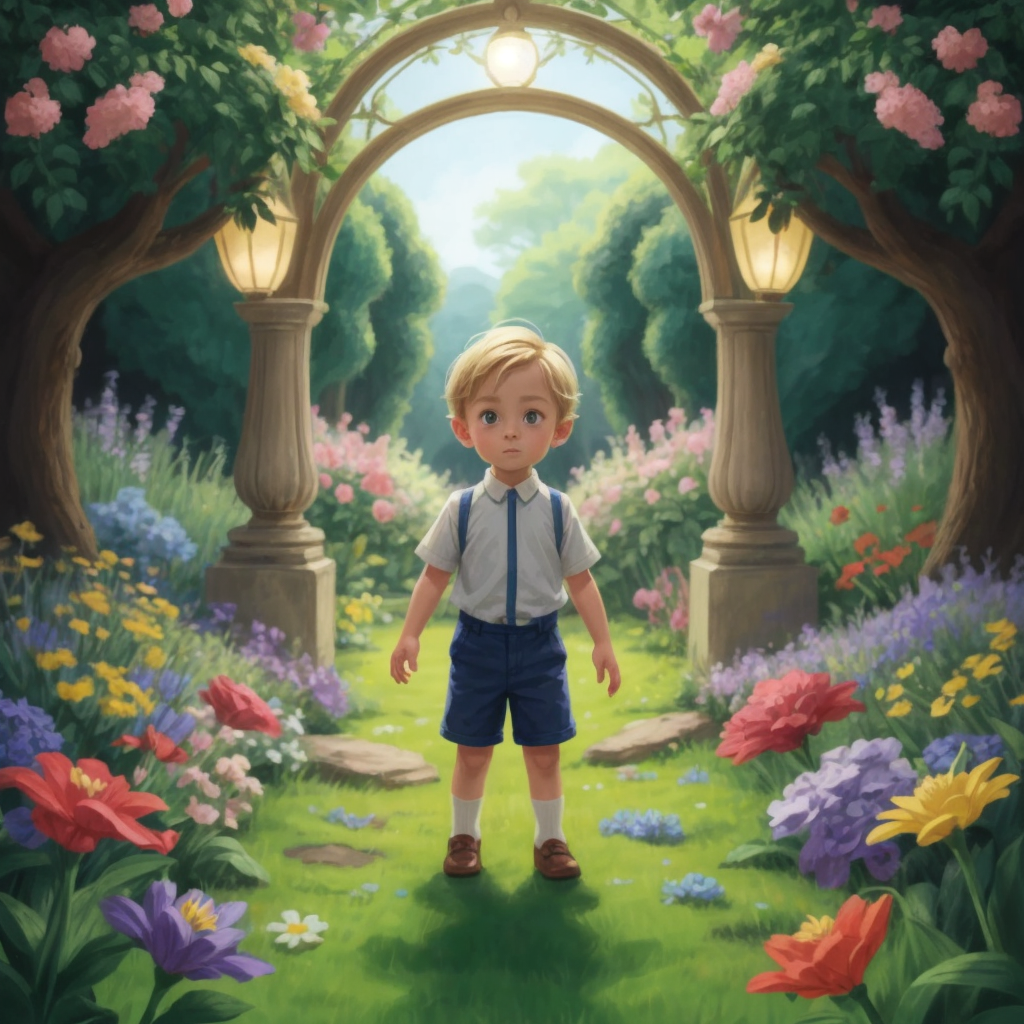
A Glimpse into the Life of A boy named Colton Dale Thomas Shaffner
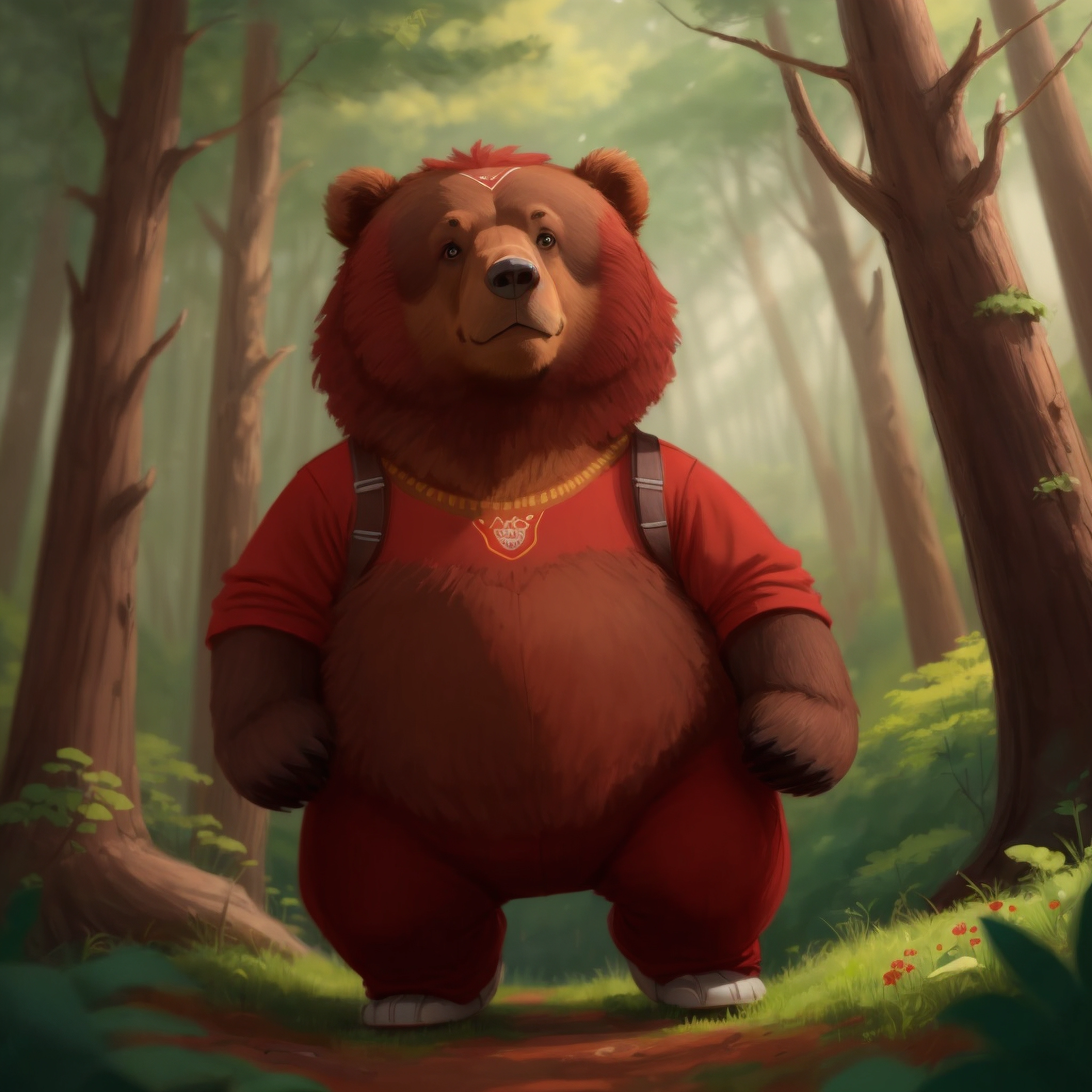
This story is about a beautiful brown bear that is out on an adventure in a mystical woodland and stumbles across a magical bridge leading to parts unknown and guarded by an angry troll.

In the enchanting world of Fairyland, Sparkle, a curious young fairy, plans a delightful picnic with her friends Twinkle, the mischievous sprite, and Breeze, the gentle breeze fairy. Amidst the joyous play, the picnic turns into a charming mess. Seeing an opportunity for fun, Sparkle initiates a magical clean-up adventure, turning brooms into enchanted sweepers and buckets into sparkling tools. Together, they transform the meadow into a radiant wonderland, discovering hidden treasures along the way. Through playful tidying, they learn the joy of keeping their surroundings clean while finding the magic in maintaining order. With hearts full of satisfaction, the friends bid farewell to the meadow, leaving behind a promise of more magical adventures in Fairyland.
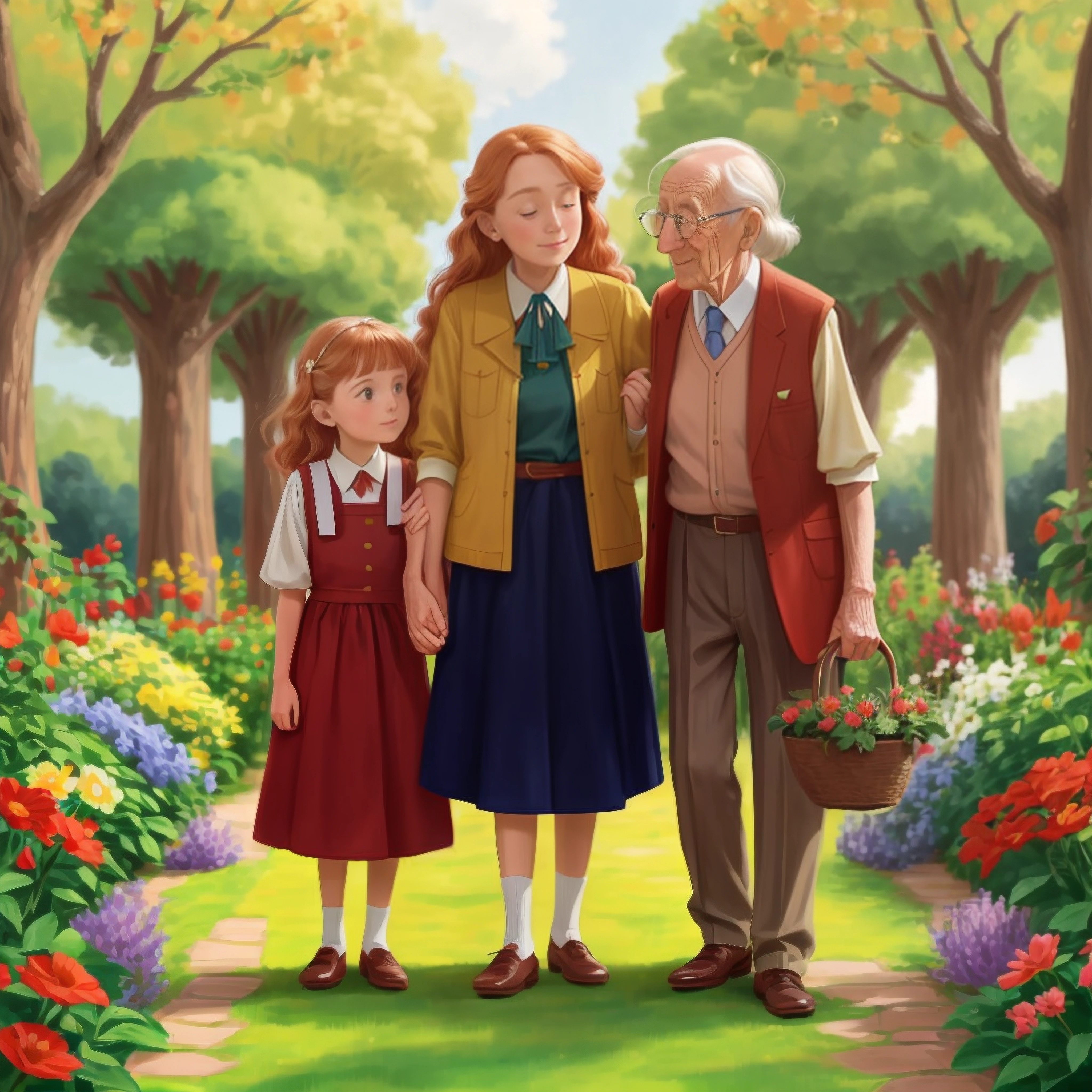
Jessy visited her grandparents and went to the garden where she saw a magical tree
